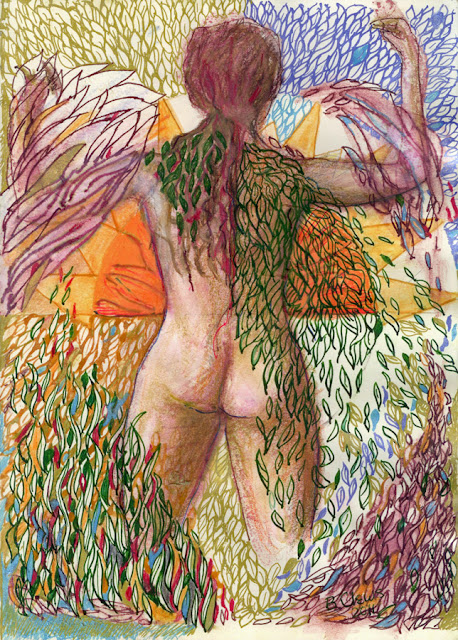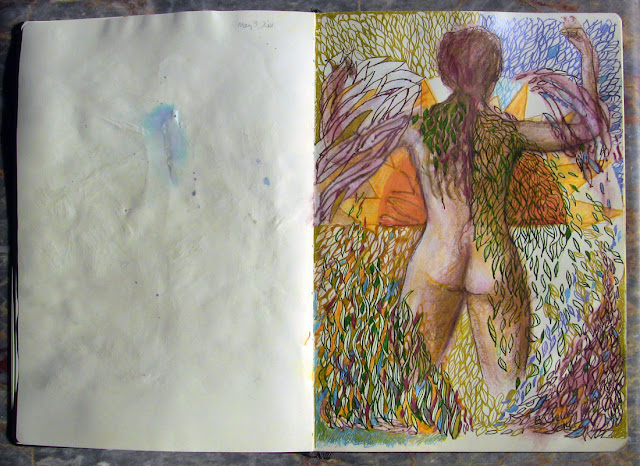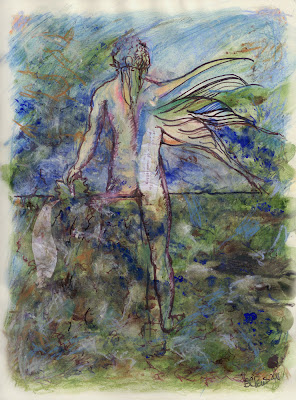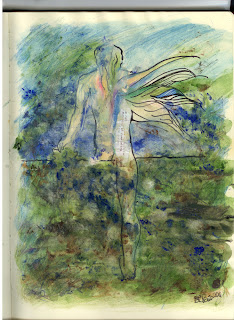If you're inspired, write, paint, compose, perform your communion with a tree or trees, post in your blog, or Picasa or Flikr , or YouTube or Vimeo, or SoundCloud or Jamendo, wherever you hang your on-line hat, and send me the link, and I'll include it in the round-up on Festival Day! I'm hosting the next Festival of the Trees at my blog, Rubies in Crystal, on June 1st. Any and all entries welcome!
Call for Submissions: Festival of the Trees 60
Host: Rubies in Crystal - here!
Deadline: May 29
Email to: brenda.clews [at] gmail [dot]com — or use the contact form on Festival of the Trees Submit page
*Important! Put “Festival of the Trees” in the subject line of your email
Theme: Trees in sound and motion: arboreal conversations

The Festival of the Trees 60th edition is all about expanding your arboreal horizons. This month the Festival is hosted here, at Rubies in Crystal. Share a conversation with trees. We are asked to observe our own engagement with trees, and record it—with video, audio, slideshow, or any other creative composition we can dream up.
Consider this your Director’s License, complete with the big high chair (wooden, of course). When you create your tree submissions, be conscious of the role of the spectator. Each viewer will have a different experience from your own experience with the trees. Share something which invites your audience to take a seat, listen, and reflect on the different ways that humans perceive trees – or become more aware of their own regard for trees and forests.
Here’s a little multimedia arboreal inspiration to kick things off:
cherry blossom haiku (who else is listening with you at dawn?)
The Beauty of Denmark, Botanical Ecosystem (does the camera follow your eye, or does your eye follow the camera?)
Ecology: Forest Canopy Freestyle Rap (what’s more to explore than the eyes can see?)
Tree Bird Moon Ghost (what do you hear in the forest? how would you translate it?)

All tree-related submissions are considered, so as you wander the web this month, keep the Festival in mind and send us links to any tasty trees you find! Submission deadline is Sunday May 29th.
Festival of the Trees (home site)















